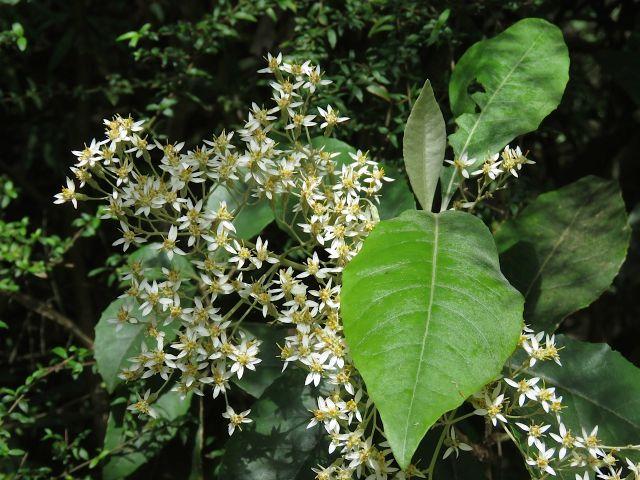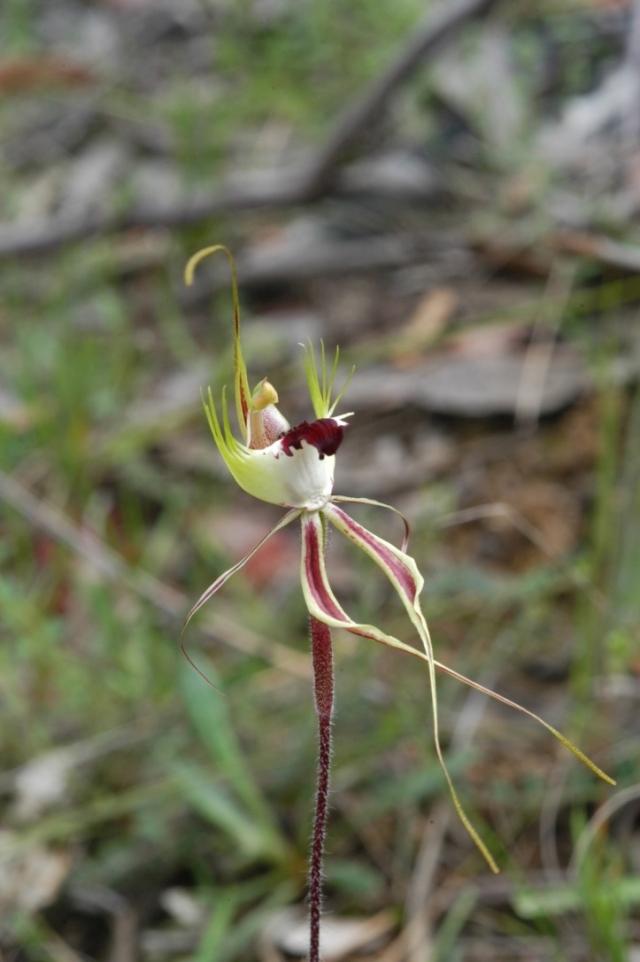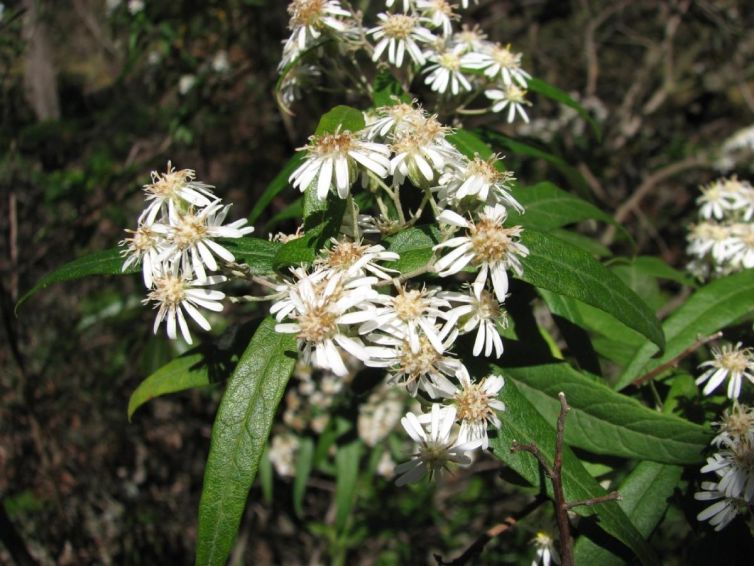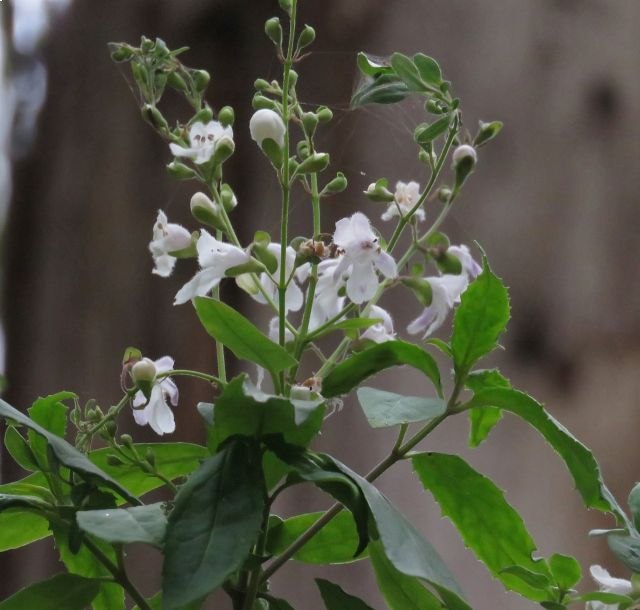
Turn off the Great Ocean Road at Old Coach Road, east of the Moggs Creek Bridge. Follow signs to Picnic Ground. Turn left at Old Neuk Road (bitumen). Continue along the unsealed road and turn left. The road goes past the Guide Camp on the left and a dam on the right. Proceed down the hill to the end of the track which brings you to the picnic ground. There is an information board, toilets, picnic tables and wood-fired barbecues (supply your own wood).
Begin the walk at the western end of the car park at the Moggs Creek Picnic Ground at the sign ‘Moggs Creek Circuit Walk’. Follow the narrow track as it winds down into the ferny gully and crosses the first of several small wooden bridges. A variety of eucalypts can be noticed: the rough-textured ironbarks with their blackened trunks, a reminder of the 1983 bushfires and later fuel reduction burns, the stately Southern Blue-gums, the familiar messmates and a few Manna Gums. A diverse understorey of shrubs includes Prickly Currant-bush, Hazel Pomaderris, Snowy Daisy-bush and Prickly Moses.
The track continues across three more bridges. Between the second and the third bridge some very fine views of the gully can be seen. The ferns are a feature with a variety of species. The Maidenhair Fern and the colourful Rasp Fern intertwine, and the Common Ground-fern provides an attractive backdrop. The Musk Daisy-bush, the Snowy Daisy-bush and the Victorian Christmas Bush with its clusters of white flowers can be admired through spring and summer.
There is some very interesting low-growing vegetation along the sides of the track. The Cut-leaf Daisy, the Blue-Bottle-daisy and the delicate Pale Vanilla-lily all flower in late spring and early summer. Tall Greenhood Orchids and Mantis Orchids are occasionally seen amongst the grasses. Some large colonies of Nodding Greenhoods can be found just before you return to the picnic ground.
Take your binoculars and move slowly and quietly to observe the bird life which is plentiful. If you walk quietly you might also observe a shy Swamp Wallaby amongst the vegetation.
Prickly Current-bush (Photo by Ellinor Campbell)
Pale Vanilla-lily (Photo by Nathan Johnson CC BY)
Cut-leaf Daisy (Photo by Margaret MacDonald)
Snowy Daisy-bush (Photo by Melburnian GNU)
Swamp Wallaby (Photo by Mark Norman, CC BY)
Musk Daisy-bush (Photo by Ellinor Campbell)
Common Ground-fern (Photo by Poyt448 CC BY)
Mantis Orchid (Photo by Margaret MacDonald)
Prickly Moses (Photo by DavidFrancis34, CC BY)
Manna Gum (Photo by Murray Fagg, CC BY)
Maroonhood (Photo by Margaret MacDonald)
Tall Greenhood (Photo by Margaret MacDonald)
Blue-bottle Daisy (Photo by Margaret MacDonald)
Messmate (Photo by Arthur Chapman, CC BY)
Colony of Nodding Greenhoods (Photo by Margaret MacDonald)
Maidenhair Fern and Rasp Fern intermingled (Photo by Margie Morgan)
Hazel Pomaderris (Photo by Murray Fagg, CC BY)
Victorian Christmas Bush (Photo by Ellinor Campbell)
Blue Gum (Photo by Geekstreet CC BY)





















